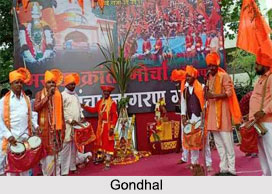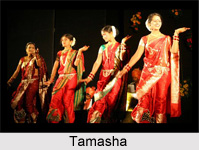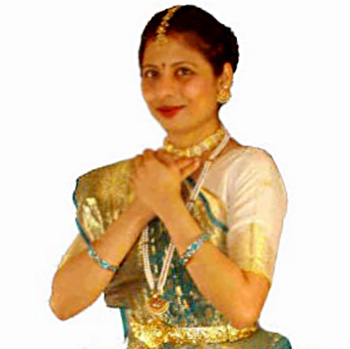Desia Nata is the musical folk form prevalent in Koraput district of southern Orissa. Tribes generally perform it during their Chaitraparva celebrations in the month of Chaitra i.e. March-April. The script is written in local dialect by the Nata Guru, who combines in himself the qualities of playwright, director, and musician. Although he is a professional, the actors are amateurs. The actions and dancing are near-mime as the performers use masks locally prepared by traditional craftsmen. Female roles are played by men. The narratives and song-dialogues are sung either by the Nata Guru or a lead singer. The chorus is the main ingredient of supporting music, repeats them accompanied by a pair of cymbals and mridanga i.e. double-ended drum.
All the plays are based on mythological episodes, the most popular among them being Ganda badim i.e. `Killing of Ganda`, Subhadra haran i.e. `Subhadra`s Abduction, Taranisena badha i.e. `Killing of Taranisena`, etc. Some of the other names can be mentioned as Niladri haran i.e. `Niladri`s Abduction, Shashirekha haran i.e. `Shashirekha`s Abduction, Bhramarabara, Lid Kumara, Brindabati, and Kumbhasura badha i.e. `Killing of Kumbhasura`.
This article is a stub. You can enrich by adding more information to it. Send your Write Up to content@indianetzone.com




